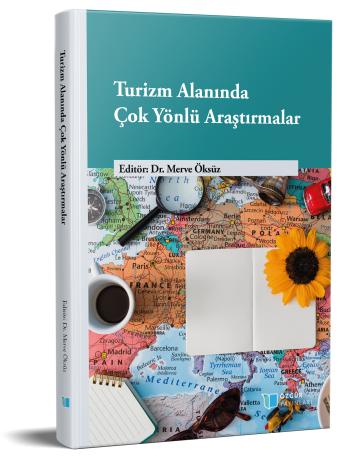
Apiturizm
Şu kitabın bölümü:
Öksüz,
M.
(ed.)
2023.
Turizm Alanında Çok Yönlü Araştırmalar.
Özet
Son yıllarda dünyada turizmin gelişimine yönelik yapılan incelemelerde alternatif turizme yönelik eğilimin giderek arttığı, bu turizm türleri içerisinde ise kırsal turizmin öne çıktığı savunulmaktadır. Özellikle şehir yaşamının karmaşasından, yoğun iş temposundan ve monotonluktan bıkan insanlar, söz konusu karmaşanın ve monotonluğun olmadığı, doğayla ve doğal yaşamla içi içe olabileceği ve böylece zihinsel ve bedensel anlamda arınıp dinlenebileceği bir tatili tercih etmeye başlamışlardır. Öte yandan sağlıklı beslenme konusundaki duyarlılık ve bilinçlenme insanları doğal ürünlerle beslenmeye yöneltmektedir. Bütün bu gelişmeler Dünyada ve Türkiye’de kırsal turizme olan ilgiyi arttırmıştır.
Apiturizm son yıllarda kırsal turizmin önemli unsurlarından biri olarak dikkati çekmektedir. Bal arısının Latince adı olan Apis mellifera ile turizmin birleşmesinden ortaya çıkan apiturizm kavramı; arıcılığa ait oluşturulan rotalarda arı ürünlerinin tadımını, söz konusu ürünlerin üretimine yönelik eğitimleri, apiterapi uygulamalarını ve müze ziyaretlerini kapsamaktadır. Apiturizm bir yandan insanların doğayla içi içe zaman geçirerek rahatlamalarını sağlarken öte yandan yerel ürünleri tüketme yoluyla bölgesel kalkınmaya da önemli katkı sağlamaktadır.
Günümüz anlamında apiturizm faaliyetlerinin 1900’lü yılların sonlarına doğru başta Slovenya olmak üzere Almanya, Polonya, Ukrayna, İspanya, Litvanya ve Çek Cumhuriyeti gibi Avrupa ülkelerinde başlayıp geliştiği bilinmektedir. Esasında arıcılığın ve arı ürünlerinin dünyanın hemen bütün coğrafyalarında onbinlerce yıldır biliniyor ve hem beslenme hem de sağlıkta kullanılıyor olmasına rağmen apiturizmin ortaya çıkmasının bu kadar geç olması üzerinde düşünülmesi gereken bir olgudur.
Türkiye gerek koloni sayısı gerekse bal üretimi bakımından dünyanın önde gelen ülkeleri arasındadır. Öte yandan dört mevsimin bütün özelliklerinin bir arada yaşanabildiği, flora ve fauna çeşitliliği bakımından en zengin coğrafyalardan biri olması sebebiyle apiturizm açısından önemli bir potansiyele sahiptir. Ancak söz konusu potansiyelin yeteri kadar kullanılabildiğini söylemek oldukça zordur. Bu durum bir eksiklik olarak görülse de kendi içerisinde önemli bir fırsatı da barındırmaktadır.

